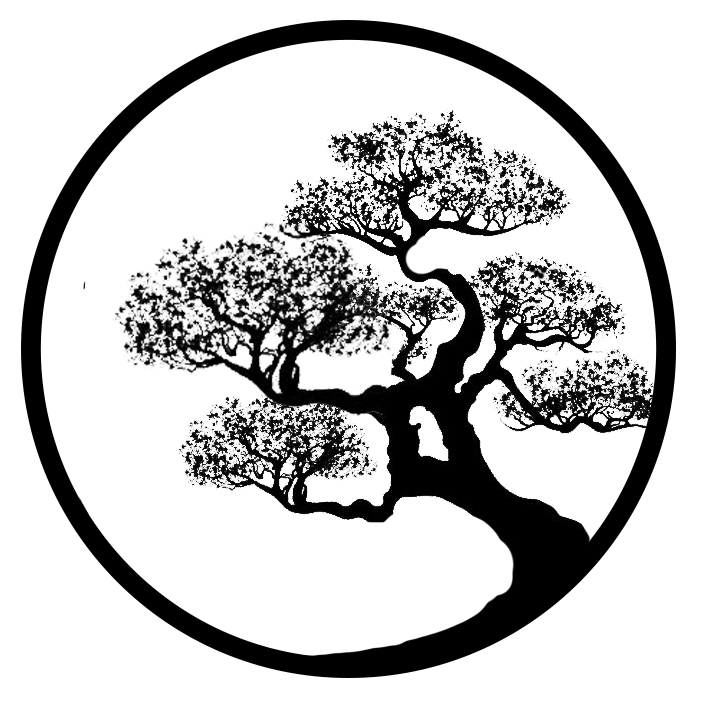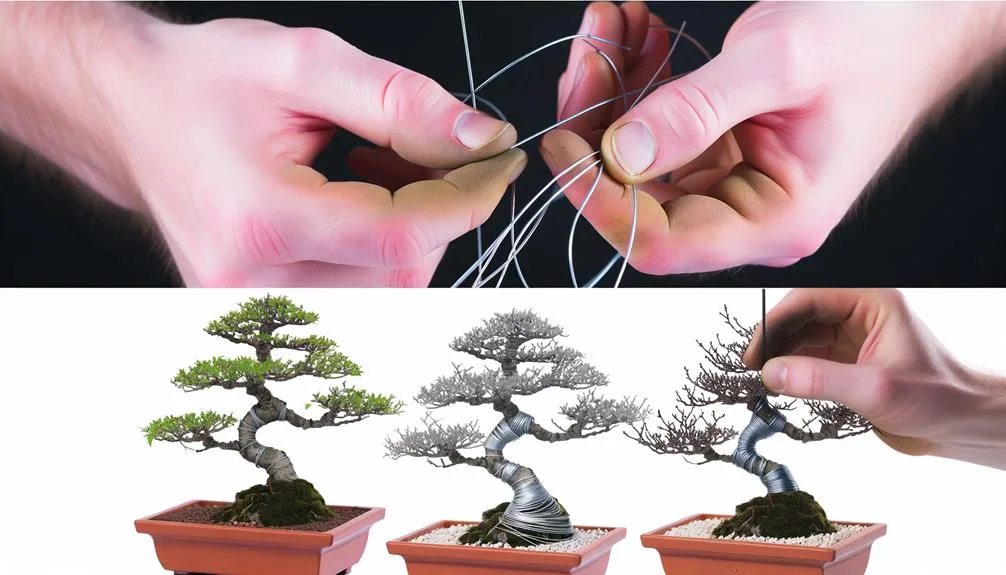Coevolution between plants and pollinators
– Coevolution is the evolution of two or more species that reciprocally affect each other, creating a mutualistic relationship.
– Mutualism is a type of coevolution.
– Coevolution can lead to the development of mutualistic relationships between species.
– Flowers and insects have coevolved for over 100 million years.
– Flowers use scent, patterns, and colors to communicate with pollinators.
– Insect-pollinated flowers have coevolved with insects over millions of years.
– Bees, butterflies, flies, and beetles have coevolved with flowering plants.
– Bees and wasps evolved around the same time as flowering plants.
– Flowers communicate with pollinators through scent, patterns, and colors.
– Some flowers mimic female insects to deceive males into pseudocopulation.
– Hummingbirds and bird-pollinated flowers have a mutualistic relationship.
– Bird-pollinated flowers have nectar suited to the birds’ diet.
– The blooming times of bird-pollinated flowers coincide with hummingbirds’ breeding seasons.
– Ornithophilous plants have more ornate and showy flowers compared to insect-pollinated species.
– Ornithophilous species diverged from insect-pollinated species.
– Coevolution between plants and pollinators has led to the diversification of both groups.
– Examples of coevolution between plants and pollinators include the relationship between bees and eudicots, and the yucca-yucca moth association.
Coevolution in other fields
– Coevolution is primarily a biological concept but has been applied to other fields.
– Researchers have applied the concept of coevolution to fields such as computer science, sociology, and astronomy.
– Coevolution can influence the structure and function of ecological communities.
– Coevolution can affect the evolution of groups of mutualists, such as plants and their pollinators.
– Coevolution can also impact the dynamics of infectious diseases.
– Coevolution has been applied to algorithms, architecture, cosmology, and management studies.
Coevolution between hosts and parasites
– Host-parasite coevolution is the coevolution of a host and a parasite.
– Many viruses coevolve alongside their hosts in an evolutionary arms race.
– Sexual reproduction allows hosts to stay ahead of parasites.
– Coevolution between host and parasite drives genetic diversity in normal populations.
– Brood parasitism demonstrates close coevolution between host and parasite.
Antagonistic coevolution
– Antagonistic coevolution is seen in the harvester ant species Pogonomyrmex barbatus and Pogonomyrmex rugosus.
– Queens of these ant species produce workers only through crossbreeding.
– The relationship between the two ant species is both parasitic and mutualistic.
– Genetic exchange between the species is limited, but they rely on each other for survival.
– Intraspecific competition can result in sexual antagonistic coevolution, where the fitness of the sexes is counteracted for maximum reproductive success.
– Males try to maximize their fitness by inseminating as many females as possible, but excessive puncturing reduces female survival and fitness.
– Interspecific competition, such as between predators, can drive coevolution.
– Competition, both intraspecific and interspecific, plays a significant role in shaping coevolutionary dynamics.
Geographic mosaic theory and multispecies coevolution
– Mosaic coevolution is influenced by geographic location and community ecology.
– Strongly interacting species in multiple populations can exhibit differing coevolutionary dynamics.
– Mutualistic interactions benefit both partners, while antagonistic interactions decrease fitness in one partner.
– Reciprocal selection occurs when a change in one partner puts pressure on the other to change in response.
– Hot spots, surrounded by cold spots, are areas of strong reciprocal selection in coevolutionary dynamics.
– Coevolution can occur between multiple species in a group known as a guild.
– Long-tongued bees and long-tubed flowers have coevolved in pairwise or diffuse interactions.
– Flowering plants are pollinated by insects from different families, forming a broad guild of pollinators.
– Traits in flowering plants, such as offering nectar at the end of a long tube, can coevolve with traits in pollinating insects, like a long proboscis.
– Coevolution can occur not only between two species but also among a group of species, leading to complex ecological relationships. Source: https://en.wikipedia.org/wiki/Coevolution



